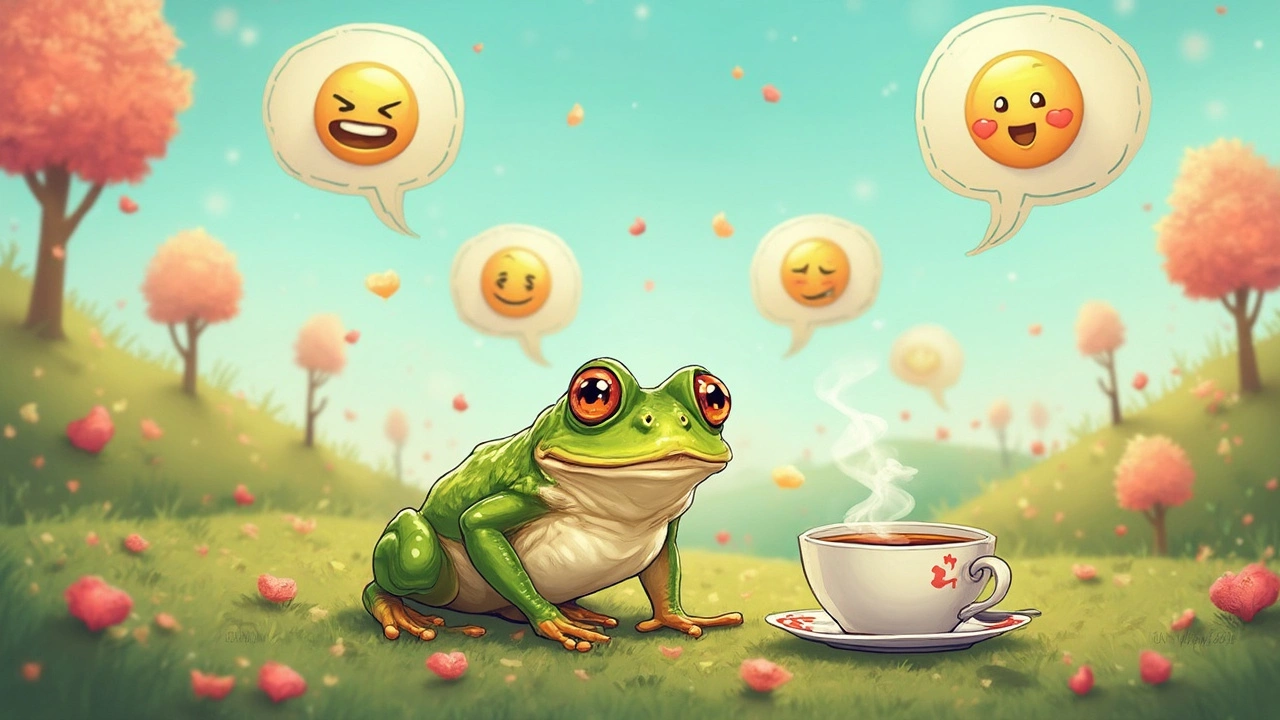Emoji Interpretation: What Those Tiny Pictures Really Say
Ever got a message full of little pictures and wondered what the sender actually meant? Emojis are more than cute decorations – they add tone, clarify intent, and even change a whole conversation. In this guide we’ll break down the most common emojis, what they usually stand for, and how you can use them without sounding weird.
Common Emoji Meanings Explained
Let’s start with the basics. The smiling face 😊 is a safe bet for friendly vibes. It shows warmth, approval, or a simple “I’m happy for you.” The thumbs‑up 👍 means “yes,” “good job,” or “I’m on board.” When you see the face with tears of joy 😂, people are usually saying something is really funny – not actually crying.
The rolling on the floor laughing 🤣 is an even stronger version of 😂 – it signals something is hilariously absurd. The thinking face 🤔 adds a pause, like “let me think” or “I’m skeptical.” If you get a raised eyebrow 🤨, expect a hint of doubt or curiosity. The fire 🔥 emoji is used for anything hot, exciting, or impressive – a great way to hype a new outfit or a tasty meal.
Some emojis have shifted meaning over time. The skull 💀 used to represent death, but now it often means “that was so funny I literally died.” The poop emoji 💩 can be a joke about a mess, a bad experience, or just playful sarcasm. Knowing these nuances helps you read the room and avoid awkward misunderstandings.
How to Use Emojis Effectively
First, match the emoji to the tone you want. If you’re writing a professional email, stick to a single, neutral emoji like a checkmark ✅ or a simple smile 😊. In casual chats, feel free to mix several – a laughing face after a joke, a heart ❤️ after a compliment, and maybe a sparkle ✨ to highlight excitement.
Second, don’t overdo it. Five emojis in one sentence can look spammy and dilute your message. Aim for one or two that actually add meaning. For example, instead of writing “Great job!!! 😁👍🔥💯🥳,” try “Great job! 👍🔥.” The extra emojis don’t change the praise, they just clutter the text.
Third, be aware of cultural differences. The 🙏 “folded hands” emoji is often interpreted as a thank‑you in the West, but in some Asian cultures it can mean a prayer or a request for help. When you’re chatting with someone from a different background, keep it simple and ask if something feels unclear.
Finally, pay attention to the platform. Some emojis look different on iOS versus Android, and a slight visual change can affect interpretation. If you’re unsure, stick to the most universally recognized icons – the smile, thumbs‑up, and heart are safe bets across devices.
Now you’ve got a solid foundation for reading and using emojis. Next time a message pops up full of tiny pictures, you’ll know exactly what the sender is trying to say. Happy texting!

What Does 🐸 ☕ Mean? Uncover the Truth Behind the Emoji Duo
Ever seen the 🐸☕ emoji pair and wondered what it represents? This quirky combination isn't just random—it taps into meme culture and online conversation quirks. Whether you are new to emojis or a seasoned texter, understanding their deeper meanings can add fun to your chats. Join us as we unpack what these icons truly represent and how they are used.
Categories
- Storage (27)
- Bathroom (18)
- Sofas (15)
- Curtains (15)
- Home Decor (12)
- Bedding (11)
- Kitchenware (11)
- Cushions (11)
- Mirrors (10)
- Rugs (9)



